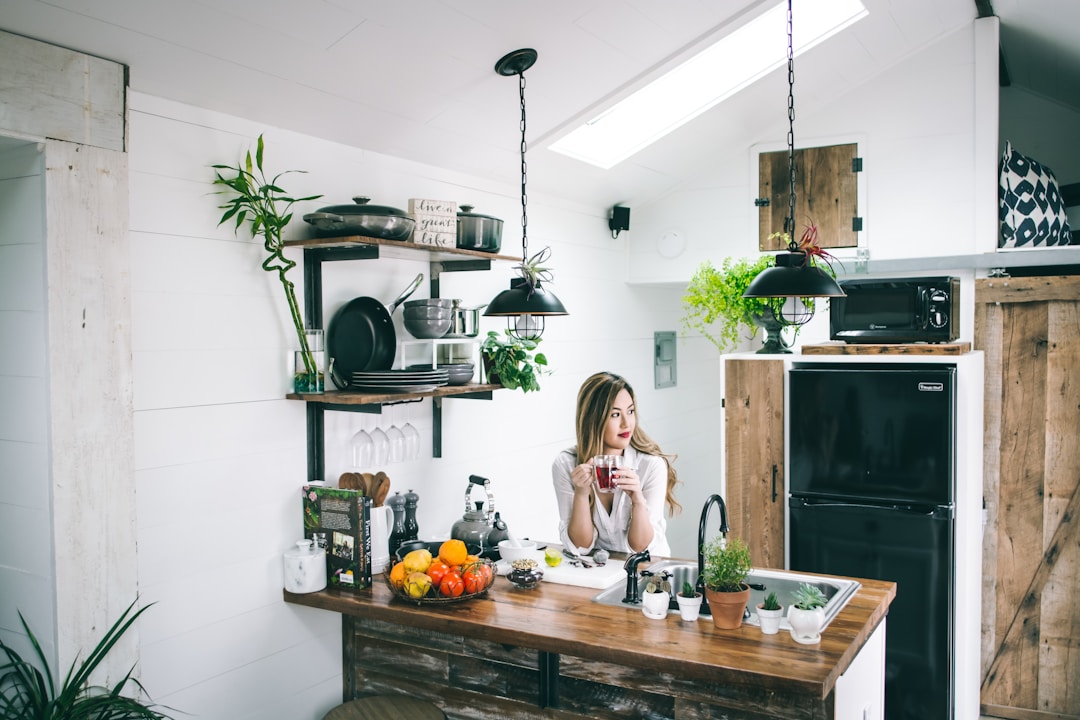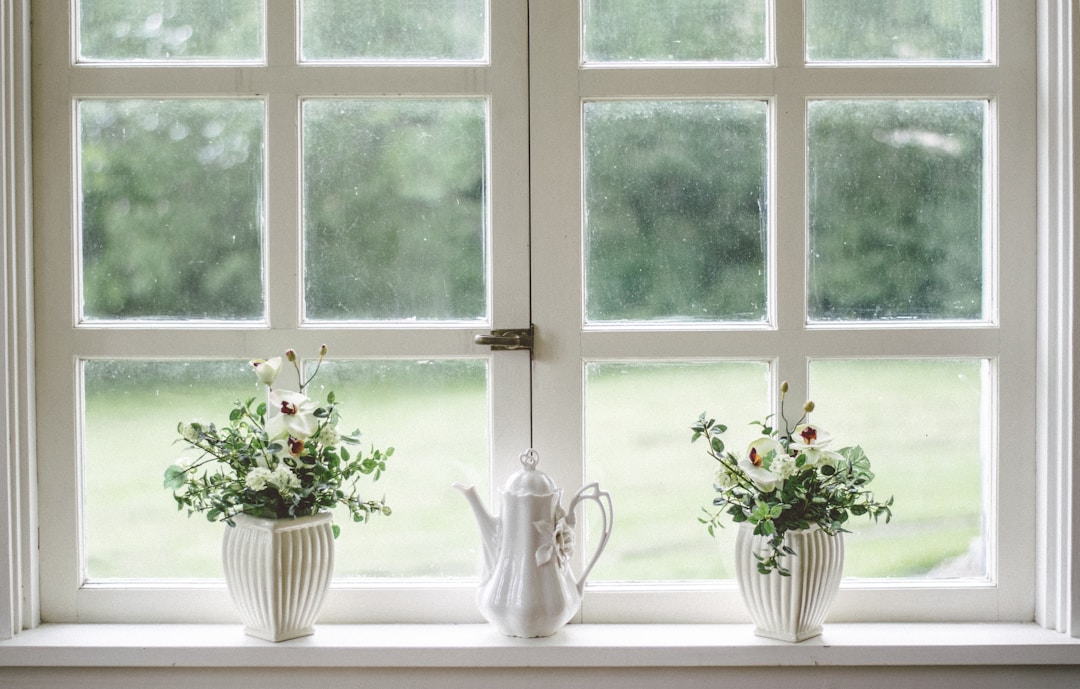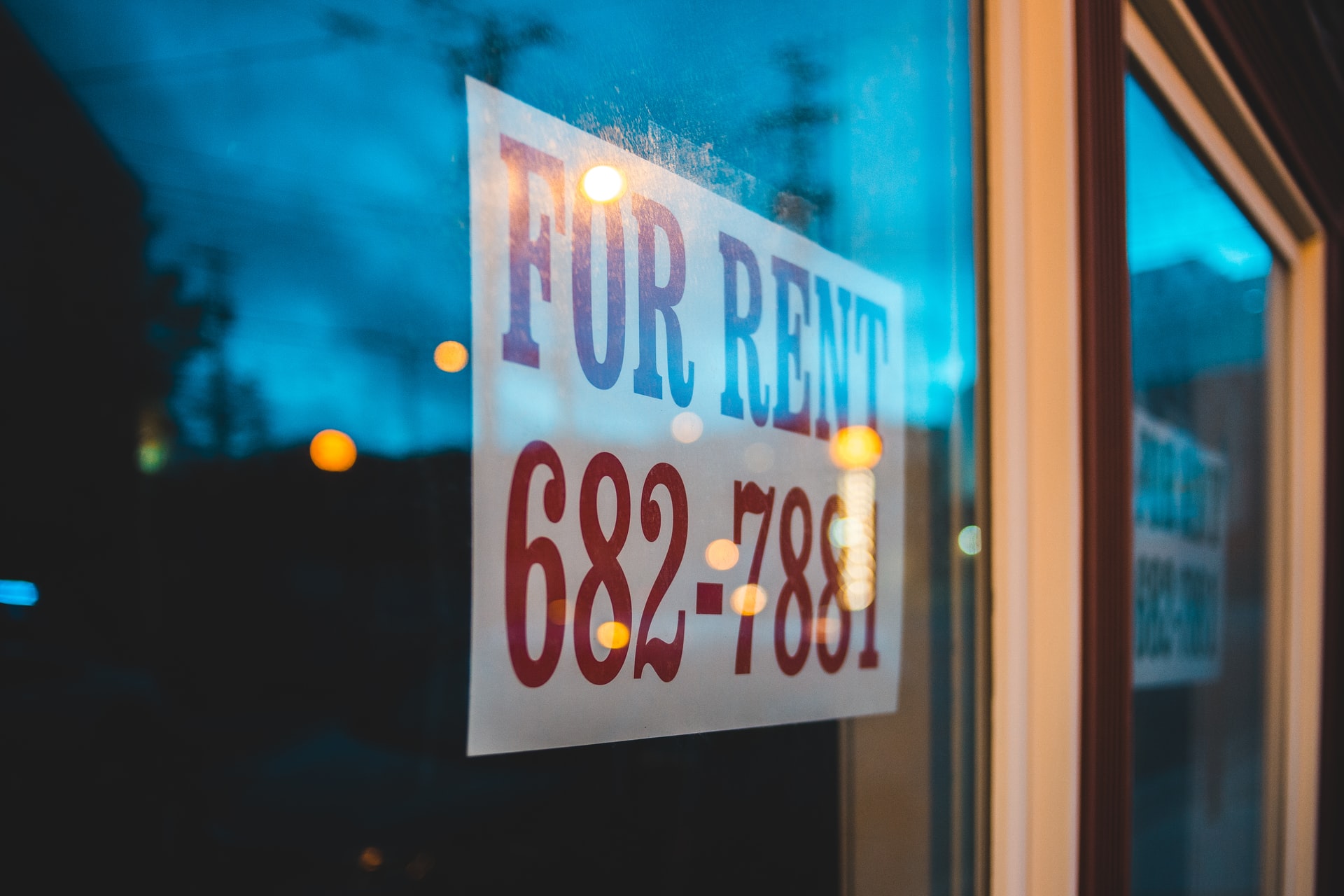While we see the movement to go green gaining steam, our focus on the quality of the air we breathe outdoors needs to also take focus indoors. Indoor air pollution is an issue in many homes across the United States, but there are ways to put your indoor air quality at its peak. Some of them are a part of simple routine maintenance.
Taking Care of Your Air Filters

All sorts of allergens linger in your home ranging from pollen to dust mites, and that’s why the quality of air inside your home needs to be of importance for any homeowner or renter. Air filters throughout your household take these contaminants out of the air to keep you and your loved ones from breathing them. Some experts recommend using filters for your air conditioner with a higher MERV rating. MERV 8 filters can actually trap up to 90% of particles between three to ten micrometers in size.
However, air filters are easy to forget about when it comes times to clean them or swap them out. Filters trap all sorts of particles and dust, but whether they are in your wall or ceiling, they can get clogged up real quick. It’s recommended to clean your filters at least monthly or swap out new ones at least two to three times a year.
Invest in Air Purifiers

Air purifiers and dehumidifiers come at the recommendation of the Environmental Protection Agency to combat poor air quality in your home. Air purifiers remove many contaminants from the indoor air, like dust, pet dander, and bacteria. Some purifiers now include UV lights that act as a sanitation device of sorts. The UV lights on these appliances can directly kill viruses and bacteria. This helps to prevent illnesses, and reduce allergic reactions and asthma-related triggers.
Dehumidifiers remove humidity from the indoor air. High humidity provides a breeding ground for spores and other biological pollutants to thrive, including mold spores and mildew. Indoor relative humidity should be anywhere between 30 to 50 percent to avoid potential health issues like fatigue and respiratory illness brought on by high levels of pollution.
Keeping Your Home Ventilated

One of the easiest ways to improve indoor air quality is to let the fresh air in. Improving ventilation in your home lowers the concentration of indoor air pollutants in your household. Opening windows and doors or running a window air conditioner with the vent control open can increase the outdoor ventilation rate. Bathroom and kitchen fans that exhaust outdoors removes irritants from the room, and also increase the outdoor air ventilation rate.
Beyond just letting in a breeze, it is recommended to keep the ventilation going during certain household chores like cooking or painting. This eliminates high levels of pollutants that can be linked to respiratory disease, including the risk of a dangerous carbon monoxide leak.
Fresh air in your household is also an easy way to start building habits for staying strong and healthy. Oxygen-rich houseplants can help with inadequate ventilation and create a relaxing hobby to take your mind off the stresses of the day. It’s also a positive way to brighten up the decor while improving indoor air quality.
Creating healthier habits can be as simple as taking a walk outdoors, not to mention another way to increase ventilation and get some of that untouched outdoor air in your lungs. You can also opt for a change in diet, choosing foods rich in whole grains and lean proteins, along with fruits and vegetables. Consider using these habits for a long-term goal, and who knows? Maybe you’ll be running the New York City marathon yet.



